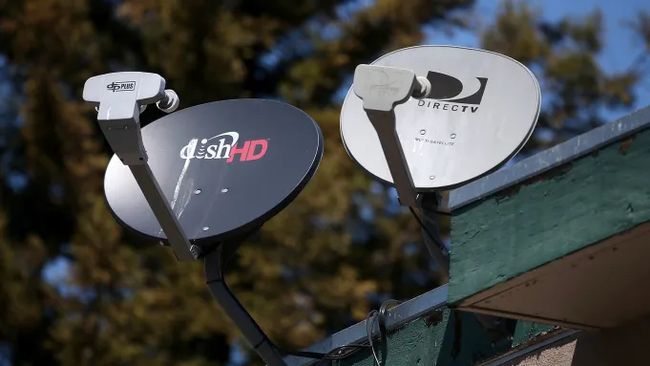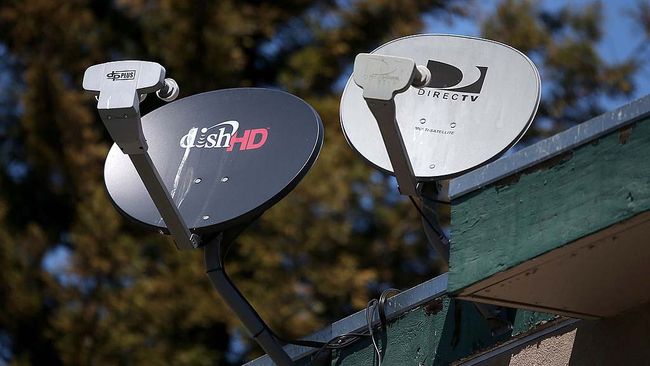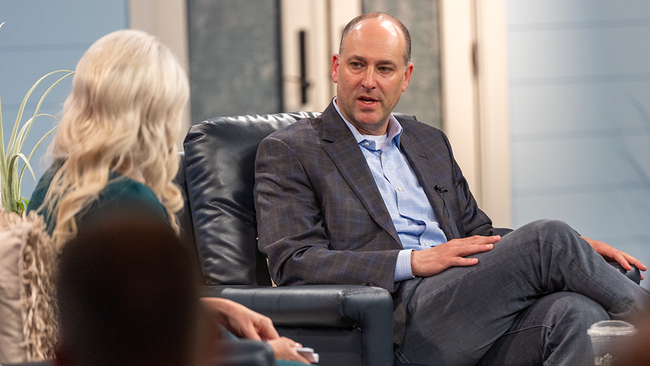Wolk: Ad Measurement and Program Measurement Should Get Divorced

In the early days of television it made perfect sense to measure ads based on the ratings of the programs they ran on.

There were only three networks, and it wasn’t as if the ads were going to go anywhere.
Sure, consumers might walk away — to the bathroom, to the kitchen, to another channel for a few minutes. But the ads themselves remained tethered in place to the programming they ran on, and if a certain percentage of the audience didn’t actually watch ads that was to be expected.
It was also universal, so that if, say, 10% of the audience skipped the ads on CBS, you could assume that the same percentage would be skipping the ads on ABC and thus advertisers could figure a certain level of “attrition” into their calculations.
Fast forward to 2021, and that system no longer makes sense on either linear or streaming television.
Ads are now free agents. They show up where their audience is, on a range of different devices at different times of day. Often as not several of them show up at once, depending on who is watching and where they live.
And yet we keep measuring them as if they were inextricably bound to the shows they run on.
NEXT TV NEWSLETTER
The smarter way to stay on top of the streaming and OTT industry. Sign up below.
The answer as to why we continue to do this is a common one in the television industry: “Because we’ve always done it this way.”
Program-based ratings are easy because everyone agrees to them and no one questions them.
Until, of course, they do.
All that money that advertisers spend on mobile ads that most people see as gnat-like annoyances? That’s not because they think these barely readable brand messages are incredibly effective or because they are oblivious to the fact that a sizable number of clicks are unintentional, the result of the proverbial “Fat Finger Effect.”
They spend the money because mobile ads are easy to measure and easy to track and when brand managers are called in to report on how they are spending their marketing dollars, they can whip out beautiful four-color charts with pretty much every penny neatly accounted for and optimized against sales.
It Doesn’t Have to Be This Way
It is currently possible using ACR data and other technology to get second-by-second measurement of ads regardless of where and when they show up.
The industry is no longer selling advertisers on the notion that they can send the same message to tens of millions of people who are all watching the same exact program at the same exact time.
So why are we still selling them on the notion of program-based measurement?
Given the industry’s current value proposition—we can get millions of people to see your ad over a set period of time, regardless of where or when -- why would an advertiser care about the program’s ratings?
They might care about whether the program is contextually relevant, but so long as X number of viewers in their target demo were watching that program and saw their ad, they really don’t need to care how many others were watching or what ads they saw.
This is 100% true about streaming, where all advertising is addressable, and it is becoming more and more true about linear, as linear addressable continues to grow.
What’s more, it is the future.
While it will be some time before most linear advertising is addressable, things are certainly heading that way and as even the likes of Comcast are rolling out their own smart TVs and streaming devices, the ability to deliver ads digitally (and thus addressably) is only going to continue to grow, too.
And that’s not the only reason to double down on ad-based measurement. Advertisers, who are used to the granular stats delivered by mobile and digital, want to be able to know how many people watched their ads to completion, how many started and then stopped, and how many never saw them at all.
They want to know whether people were more likely to watch the ad to completion when it was the first ad in the pod, when they watched it after 9pm, when they watched it during a sitcom or when they watched it while binge viewing.
That’s the sort of valuable data that digital and mobile advertisers take for granted but the television industry seems loath to provide.
So why won’t the television industry give it to them?
It’s a complicated question, but I suspect a large part of the answer is that they are terrified that the actual numbers will reveal a much less rosy picture, that viewers frequently abandon ads in large numbers or don’t even try to watch them at all.
This, I would say however, is on the advertisers.
Make better commercials and people will watch them. Not all the time and not every ad, but if ads were more clever and more entertaining, then viewers would be more prone to watch them.
There’s also the pharma conundrum. As in most every time a pharma ad comes on with it’s tai chi practicing elders and warnings about death and diarrhea, the audience tunes out, a behavior that likely extends to all the ads in that particular pod.
And yet the pharma industry spends billions on TV advertising (almost $5 billion in 2020). How do we break it to them that not only do few people actually watch their ads, but they have a negative effect on the non-pharma ads that come after?
These are real concerns, but they should not stop the industry from adopting ad-only measurement as a standard.
It will likely lead to better ad creative — it’s easy to get lazy when your spots are not being judged on a second by second basis — and will help advertisers understand which messages resonate with consumers and which do not, no matter how cleverly executed.
Rather than hurt the industry’s bottom line, a shift to ad-based ratings will also encourage brands to shift their money from places like mobile and display to television where not only will they reap the benefits of sight, sound and motion (and the emotional impact thereof) but they will reap the benefit of real time metrics based on their actual ads, not just the programs the ads were running on.
Decoupling ad ratings from program ratings will also make it easier to provide business outcome metrics, as advertisers can better understand which viewers saw their ads and what actions they took as a result.
But mostly we need to fix the way we measure television because advertisers, the people who pay for television, know that the system is broken and that ultimately, they are the ones getting screwed because of it.
And thanks to digital, they now have options.
Which is not to say that program-only ratings are no longer valuable. They are — for programmers, who have multiple reasons to want to gauge the size of their audiences, even if they’re not running any ads.
But those reasons are different from advertisers' reasons, which is why the industry needs to decouple them when they’re providing measurement data. The sooner the industry can do that, the better off everyone will be, programmers, networks and, especially, advertisers, who can then continue to write those big fact checks, just the way they’ve always done it.
Alan Wolk is the co-founder and lead analyst for media consultancy TV[R]EV










